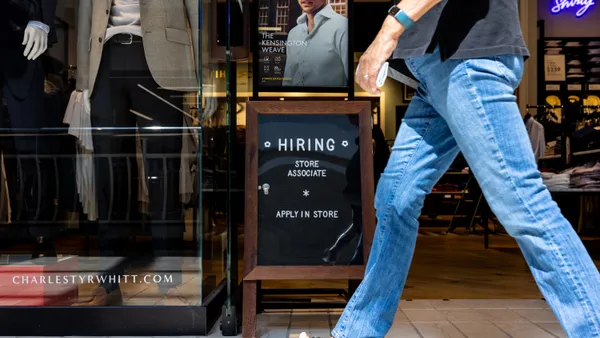Email is the contender to beat as providers seek to erase company lines through external collaboration features.
For years, email has played the villain role in Slack's narrative, yet email's much-heralded demise hasn't happened, with workers reportedly spending three-and-a-half hours a day checking their work inbox.
Email has an upper hand in enterprise adoption: It's the incumbent platform, and one of the first applications of the internet that people are exposed to, said Thomas Randall, research analyst at Info-Tech Research Group.
It's the tool to use when people need to "convey information in a very asynchronous way, allowing time for analyzing and processing information … email works for that," Randall said.
In synchronous communication and real-time collaboration, email loses its shine due to the difficulty of tracking file versions and messages alongside the rest of the communication.
Joint, synchronous work is precisely the kind of task collaboration vendors are targeting. Jared Spataro, corporate VP for Microsoft 365, highlighted Microsoft Teams Connect's ability to let users "chat, meet, collaborate on apps, share, and co-author documents in real-time."
Despite the feature-rich quality of collaboration platforms, even with external communication capabilities email use won't crater. The application has proven resilient to change.
"Email as a discrete tool will certainly exist for the foreseeable future of companies," said Nick McQuire, chief of enterprise research at CCS Insight. "I think individuals voted with their feet on that."
Making workers collaborate with partner companies or clients through dedicated chats could risk adding one more platform to keep tabs on, amid a digital working landscape already teeming with apps. The average tech company has 155 applications in its arsenal, according to data from Okta.
"There certainly is a risk of end-user dissatisfaction with being overwhelmed with different applications," said Randall. Add to that the risk of "death by notification," when internal and external communication happens in multiple places.
Still, vendors contend the Connect capabilities — Slack's and Microsoft Teams' — help organize collaboration while baking in the features email lacks.
The email inbox "isn't really meant for creative or collaborative thought and activity," said Randall. "It really is just a space to send messages back and forth."
The shift in communication is more complex than dropping or doubling down on email.
"Companies aren't abandoning email, they're moving to the cloud," said McQuire. "And they're accompanying their email transformation in the cloud with these broader multimodal communication tools that are also themselves expanding into broader platforms."
Email's persistence is also related to how much it's embedded into other processes, even in personal tasks like signing up for social media profiles. But generational shifts in the workforce could have an impact.
"If you have a new generation that's upcoming that doesn't use email, then maybe we'll start to see it being phased out," said Randall.
Gen Z, your move.













